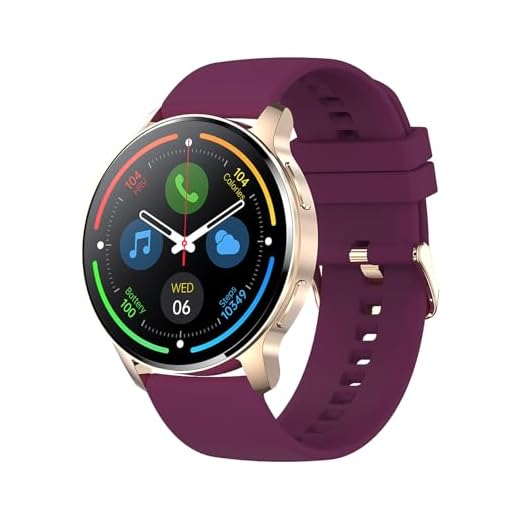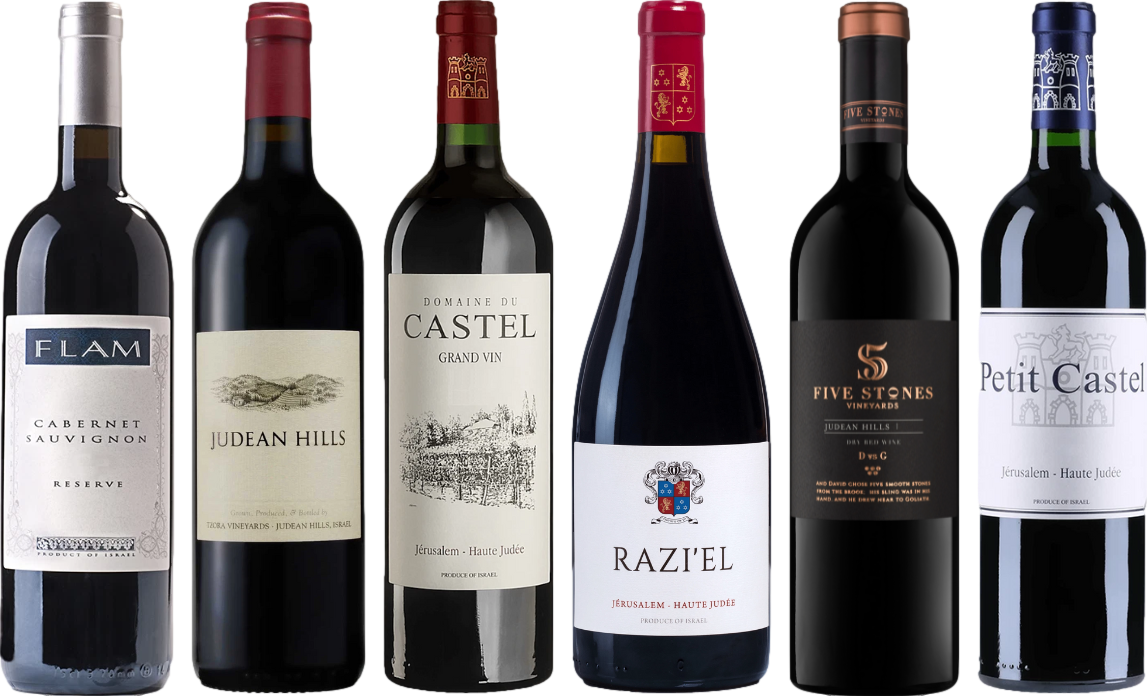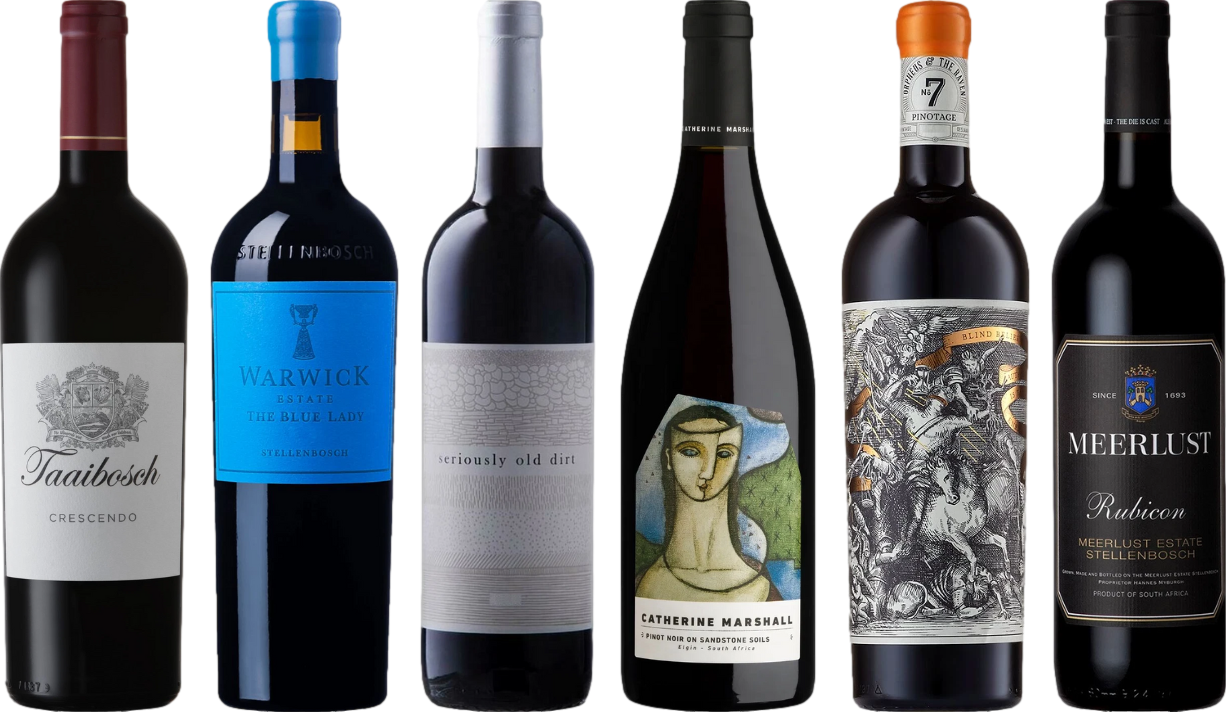



Moderation is key. Enjoying a glass of a certain fermented grape beverage may not inherently lead to an increase in body mass. In fact, studies indicate that moderate consumption can even offer health benefits, such as improved cardiovascular health. However, overindulgence can lead to excess caloric intake, which is a crucial factor in adding pounds.
Research suggests that one serving, typically around five ounces, contains approximately 125 calories. If your daily caloric needs are met without exceeding them, incorporating this drink into your routine may not pose a risk to your physique. Pay attention to portion sizes and frequency of consumption, as these are the primary culprits in unwanted weight accumulation.
Additionally, the impact on metabolism should be considered. Some compounds found in these beverages, like resveratrol, may have a positive effect on fat metabolism. However, this does not negate the importance of a balanced diet and regular physical activity. Pairing this drink with nutritious meals can enhance your overall experience while keeping your health in check.
Ultimately, the choice lies with you. Being mindful of your overall lifestyle and choices will guide you toward enjoying this beloved beverage without compromising your fitness goals.
Impact of Wine on Body Composition
Moderation is key. Consuming small amounts of this beverage may not lead to significant increases in body mass. A typical serving, around 5 ounces, contains approximately 125 calories. If incorporated wisely into a balanced regimen, the caloric intake can be managed effectively.
Caloric Balance and Lifestyle
To maintain or reduce body mass, it’s essential to monitor total caloric consumption throughout the day. If enjoying a glass, consider adjusting other food intake to maintain balance. Including physical activity in daily routines can also counteract any potential caloric surplus brought on by indulgence.
Potential Benefits
Some studies suggest a correlation between moderate consumption and positive health outcomes, such as improved cardiovascular health. Antioxidants present in this beverage may contribute to overall wellness, which can indirectly support weight management by promoting a healthy lifestyle.
Ultimately, the decision lies in individual choices and habits. Staying informed and making conscious dietary decisions can help navigate the relationship between enjoyment and health goals.
Caloric Content of Red Wine Explained
Understand the caloric density of your favorite beverage. On average, a standard 5-ounce serving typically contains approximately 125 calories. This figure can fluctuate based on the specific varietal and production methods.
For better clarity, here’s a breakdown of different types:
- Cabernet Sauvignon: Approximately 120-130 calories
- Merlot: Around 120-125 calories
- Pinot Noir: Roughly 110-120 calories
- Shiraz: About 130-140 calories
Factors influencing these variations include:
- Alcohol content: Higher alcohol levels usually mean more calories.
- Residual sugar: Sweeter varieties typically have increased calorie counts.
- Serving size: Larger pours will naturally contain more calories.
For those monitoring caloric intake, consider these strategies:
- Opt for lower-alcohol and dryer varieties to minimize caloric consumption.
- Practice mindful drinking; savor each sip rather than consuming quickly.
- Pair with food to balance overall caloric intake during meals.
By being mindful of these factors, you can enjoy your beverage while managing your caloric consumption effectively.
Impact of Alcohol on Metabolism
Alcohol consumption can significantly influence metabolic processes in the body. When ingested, ethanol is prioritized for processing by the liver, which can disrupt the metabolism of fats and carbohydrates. This results in a temporary halt of fat oxidation while the body focuses on breaking down alcohol.
Research indicates that moderate intake may lead to a slight increase in energy expenditure, but this is often outweighed by the calories provided by alcoholic beverages. For instance, one glass of fortified beverage can contain around 150-200 calories, which adds to overall caloric intake and may contribute to increased body fat if not compensated for by decreased consumption of other foods.
Moreover, alcohol can stimulate appetite, leading to increased food intake. Studies show that individuals consuming alcoholic beverages alongside meals tend to select higher-calorie options, further complicating weight management efforts. It’s essential to balance any alcohol consumption with physical activity and mindful eating practices.
For those looking to maintain or reduce body mass, limiting alcohol intake is advisable. Opting for lower-calorie alternatives and being mindful of portion sizes can help mitigate unwanted metabolic impacts. Engaging in regular physical activity may also counteract some of the negative effects associated with alcohol consumption.
Red Wine and Appetite: What Studies Show
Moderate consumption of this beverage may influence appetite regulation. Research indicates that it can enhance feelings of satiety, leading to reduced overall calorie intake during meals. A study published in the journal “Appetite” found that those who enjoyed a glass before dining reported lower hunger levels, which suggests a potential mechanism for appetite control.
Effects on Hunger Hormones
Specific compounds in this drink, such as resveratrol, are linked to alterations in hormones related to hunger. For instance, some studies show that resveratrol can lower ghrelin levels, the hormone responsible for stimulating appetite. This regulatory effect may contribute to more balanced eating patterns over time.
Influence on Eating Behavior
Another interesting finding is the social aspect of enjoying this drink. Social settings enhance the experience, potentially leading to more mindful consumption. Observations suggest that individuals tend to savor their meals more when paired with this beverage, which may promote better portion control and overall satisfaction with smaller servings.
| Study | Findings |
|---|---|
| Appetite Journal (2015) | Moderate consumption linked to lower hunger ratings |
| Nutrition Research (2017) | Resveratrol reduces ghrelin levels |
| Social Behavior Study (2019) | Enhanced enjoyment leads to mindful eating |
Incorporating this drink into meals may not only enhance flavors but also support better eating habits. For those looking to improve digestive health, consider pairing it with high-quality foods, such as the best dog food for digestive care.
Comparing Red Wine with Other Alcoholic Beverages
When evaluating the impact of various drinks on body composition, it’s essential to consider their caloric densities. For instance, a standard serving of beer typically contains 150 calories, while a shot of spirits might have around 100 calories. In contrast, a glass of my favorite varietal can range from 120 to 130 calories, depending on the style and sweetness. This makes it competitive with many other options available.
Alcohol Types and Their Effects
Different alcoholic options affect appetite and metabolism differently. Beverages with higher sugar content, such as sweet cocktails or dessert liquors, can lead to increased caloric intake and potential cravings. On the other hand, the moderate tannins and acidity found in certain varietals may help with appetite regulation. In my experience, individuals often find that a glass of dry wine can be more satisfying, leading to less overall consumption.
Moderation and Choices
Selecting the right beverage is crucial for those mindful of their caloric intake. Opting for options like sparkling wines or light beers can be a smart move if you’re looking to enjoy while managing your overall consumption. Ultimately, balance is key. I always encourage exploring a variety of choices to find what suits your palate and lifestyle while remaining aware of the potential effects on your body.
Influence of Serving Size on Weight Management
Monitoring portion sizes is crucial for maintaining a balanced diet while enjoying beverages. A standard serving typically contains around 5 ounces, which can vary significantly across different contexts.
Understanding Standard Portions
- A 5-ounce serving of a certain beverage contains approximately 125 calories.
- Exceeding this amount can lead to increased caloric intake, impacting body composition over time.
- Paying attention to serving sizes can help mitigate unintended caloric surplus.
Practical Recommendations
- Use a measuring cup or wine glass with serving markers to ensure accurate portions.
- Limit consumption to one serving during meals to avoid excessive caloric intake.
- Consider diluting with water or sparkling water to reduce overall caloric consumption without sacrificing enjoyment.
Being mindful of serving sizes is a straightforward way to enjoy your favorite beverages while maintaining a healthy lifestyle. Keeping portions in check can significantly contribute to effective weight management strategies.
Potential Benefits of Red Wine in a Balanced Diet
Incorporating moderate amounts of this fermented grape beverage can have several positive effects when combined with a healthy eating plan. Research indicates that it may contribute to cardiovascular health, thanks to its rich content of antioxidants such as resveratrol and flavonoids, which help combat oxidative stress and inflammation.
Heart Health and Longevity
Studies suggest that individuals who consume this drink in moderation may experience a lower risk of heart disease. The antioxidants found in this drink can promote healthy blood circulation and improve cholesterol levels by raising high-density lipoprotein (HDL) while lowering low-density lipoprotein (LDL). Furthermore, moderate consumption has been linked to increased longevity, providing another compelling reason to enjoy it responsibly.
Social Enjoyment and Stress Reduction
Sharing a glass during meals can enhance social interactions, which is beneficial for mental well-being. Engaging in social activities often associated with this beverage can reduce stress levels, contributing to an improved quality of life. Pairing it with nutritious foods creates a delightful experience that fosters mindful eating, enhancing satisfaction with meals.
While mindful consumption remains key, the potential advantages of this drink can complement a balanced lifestyle. Remember, moderation is essential to fully enjoy these benefits while maintaining overall health.
Tips for Enjoying Wine Without Accumulating Extra Pounds
Focus on moderation. Limit yourself to one glass during meals to maintain a balanced caloric intake. This practice not only helps in controlling consumption but also enhances the dining experience, allowing the flavors of food and drink to complement each other.
Choose Quality Over Quantity
Select premium options that offer rich flavors. Higher quality selections often provide greater satisfaction with smaller servings, allowing you to savor every sip without the need for larger quantities.
Mind the Pairings
Opt for lighter food pairings such as salads, grilled vegetables, or lean proteins. These choices not only complement your drink but also help in managing overall caloric consumption during meals.
Stay hydrated. Drinking water alongside your glass can mitigate the effects of alcohol and prevent unnecessary overeating. It’s a simple yet effective strategy to balance your enjoyment.
Consider your activity level. Enjoying a glass in conjunction with physical activity can help offset any extra calories consumed, making it easier to maintain your desired physique.
Lastly, keep track of your overall dietary patterns. Integrate your consumption into a well-rounded meal plan, ensuring that indulgence does not disrupt your nutritional goals. Balancing enjoyment with awareness is key.
FAQ:
Can drinking red wine lead to weight gain?
Red wine, like any alcoholic beverage, contains calories that can contribute to weight gain if consumed in excess. A typical glass of red wine has about 125 calories. If these calories are not balanced with physical activity or are consumed alongside high-calorie foods, they can add up over time. However, moderate consumption of red wine may not necessarily lead to weight gain, especially if it is part of a balanced diet and healthy lifestyle. It’s essential to consider overall dietary habits and physical activity levels when evaluating the impact of red wine on weight.
What factors should I consider regarding red wine and weight management?
When considering red wine’s impact on weight management, several factors come into play. Firstly, moderation is key; the calories from wine should be factored into your daily caloric intake. Secondly, the type of diet you follow can influence how your body processes alcohol. A diet high in sugars and fats may exacerbate weight gain when combined with alcohol consumption. Additionally, individual metabolism plays a significant role; some people may metabolize alcohol differently, affecting weight gain potential. Lastly, lifestyle factors such as physical activity levels and overall diet quality are crucial. Regular exercise and a balanced diet can help mitigate any potential weight gain from moderate red wine consumption.











